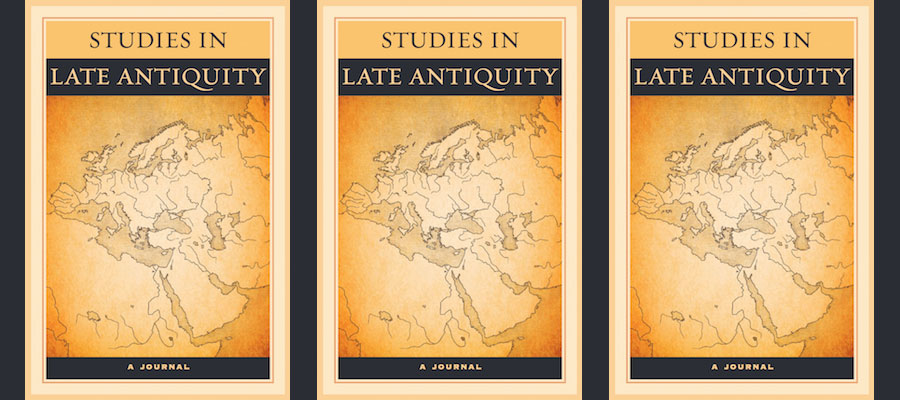Studies in Late Antiquity, volume 1, no. 2 (Summer 2017).
CONTENTS INCLUDE
Strategies of Containment: Regulatory Rhetoric and Heretical Space in the Theodosian Code
Todd S. Berzon
This article investigates the ideological dimensions of an expressly spatialized discourse of Christian heresy in late antiquity as articulated in the laws of the Theodosian Code. It argues that efforts to legislate heresy in spatial terms served both to reify its seemingly uncontrollable, protean nature, while also distinguishing heresy as a dangerous social contagion from heresy as a cognitive condition. To legislate heresy in the language of space and place was an attempt to regularize it, to subject it to conditions that could be usefully legislated against, maybe even with a modicum of tolerance in a narrowly defined spaced. The laws within the Code deployed different rhetorics and logics to describe and regulate the spaces of the heretics. The heretics were denied space altogether and thus exposed, permitted secluded spaces and contained, and pushed out of the world altogether and thus made oblivious. In these different rhetorical maneuvers, the Code produced a protracted struggle to define the very terms of its heretical control. In codifying efforts to manage such a diverse and diffuse mass of heretics, the Code produced not a singular orthodoxy, but various orthodoxies or strategies of heretical containment. Efforts to control the heretics, in short, produced competing and complementary orthodoxies.
Constantine in the Chronicle of Seert
Philip Wood
This article analyses the reception of the story of Constantine in Iraqi Christian circles in the ninth and tenth centuries. It situates the use of the story against the broader historiographic context in which the history of the Roman church was imported wholesale into Iraq in the sixth century to buttress its identity as an orthodox church. It argues that the legacy of Eusebius was respected but not followed in its details. Instead, the memory of Constantine and his family was dominated by the Doctrina Addai and the Julian Romance, pseudo-histories composed in Syriac in Edessa in the fifth and sixth centuries. Within an Islamicate environment, Constantine was remembered chiefly for his role in establishing a Nicene orthodoxy, which was shared by all major Christian confessions in the caliphate, and for his role in the cult of the True Cross, a strong symbol that continued to divide Christians and Muslims.
REVIEWS INCLUDE
The Silk Roads: A New History of the World, by Peter Frankopan
Michael R. Drompp
The Afterlife of Greek and Roman Sculpture: Late Antique Responses and Practices, edited by Troels Myrup Kristensen and Lea Stirling
Arja Karivieri
Sacred Scents in Early Christianity and Islam, by Mary Thurlkill
Joel Walker
